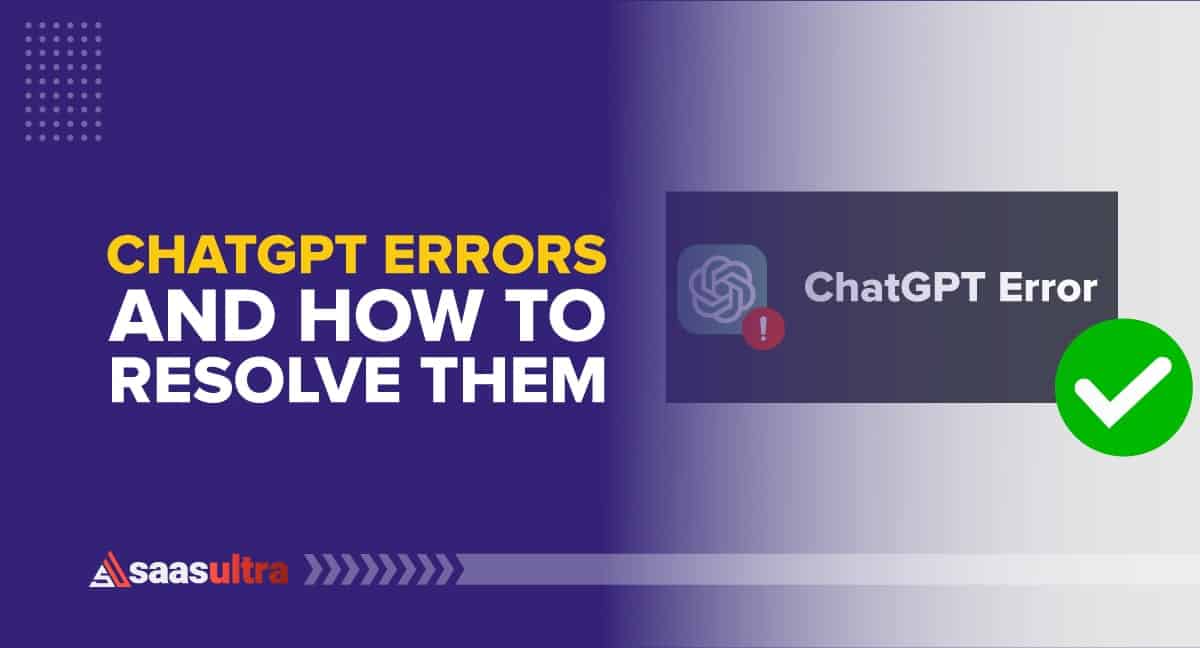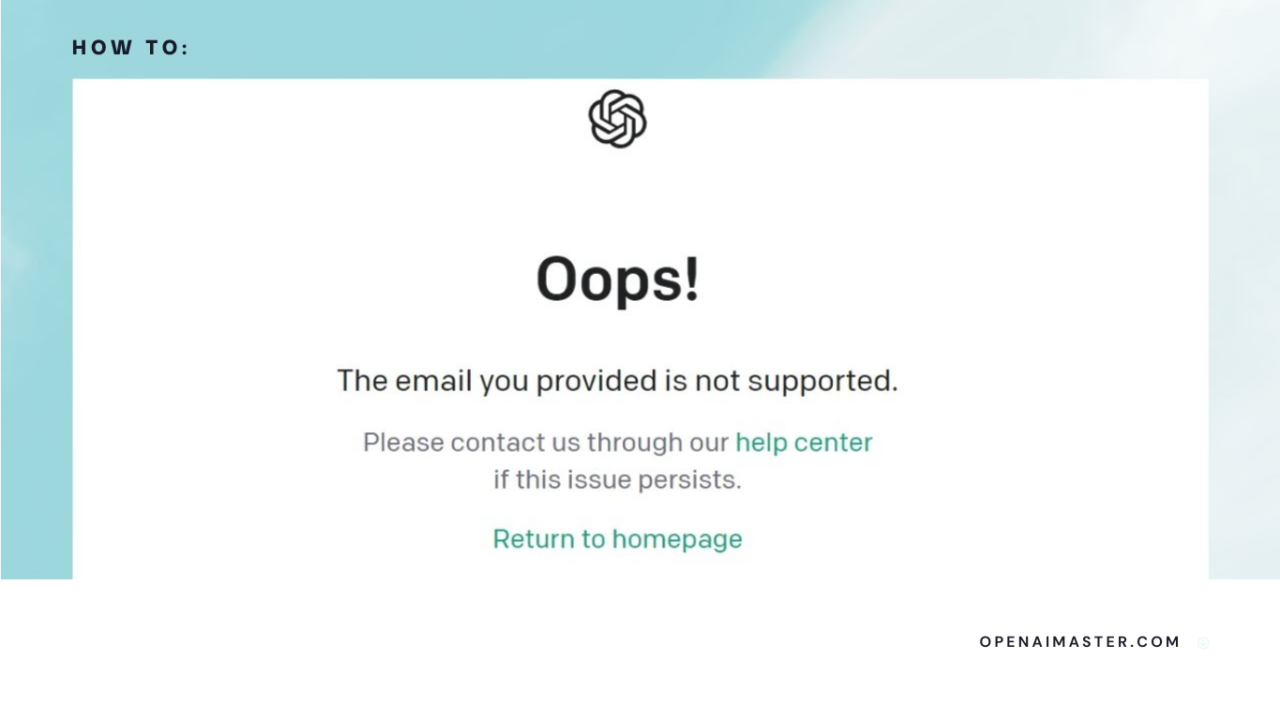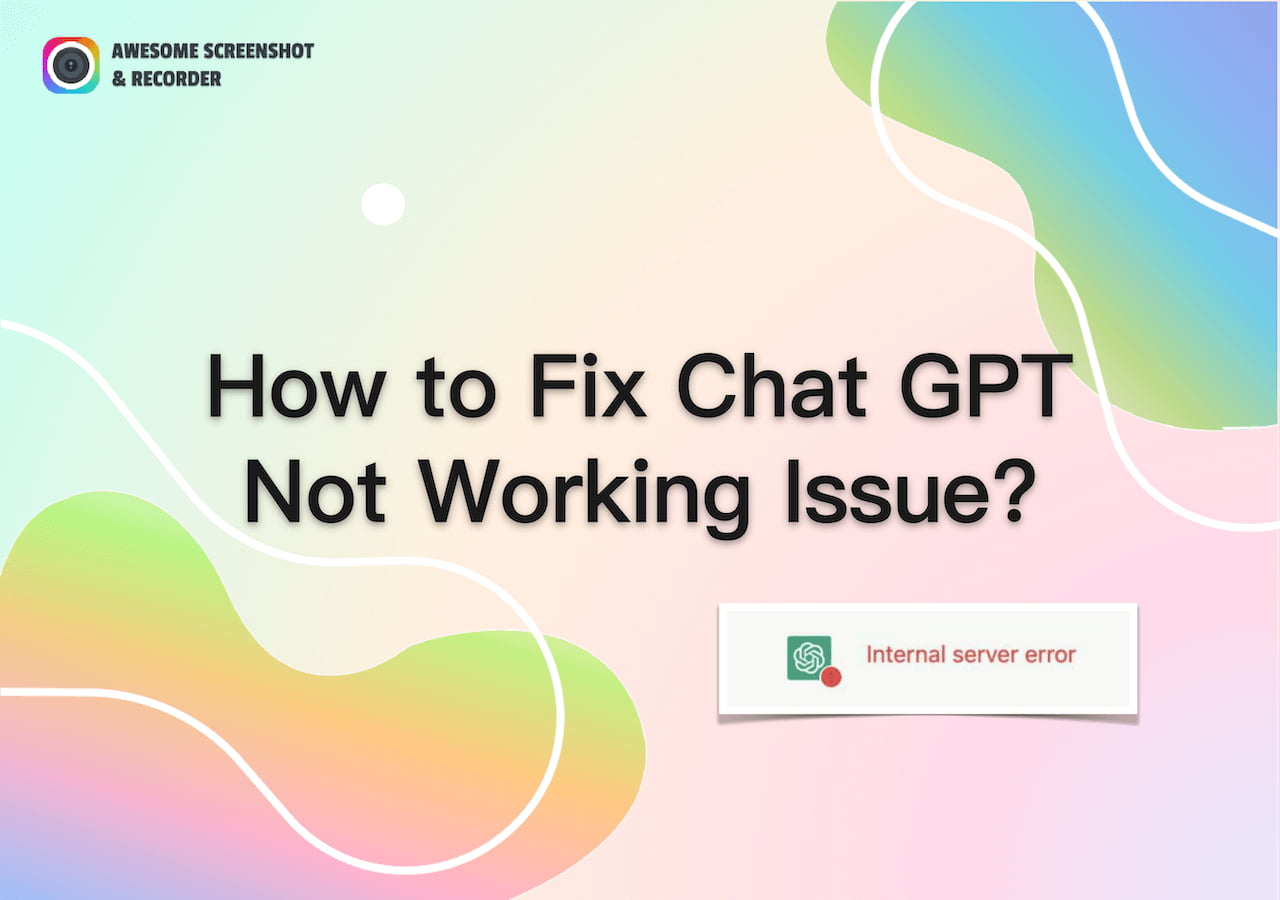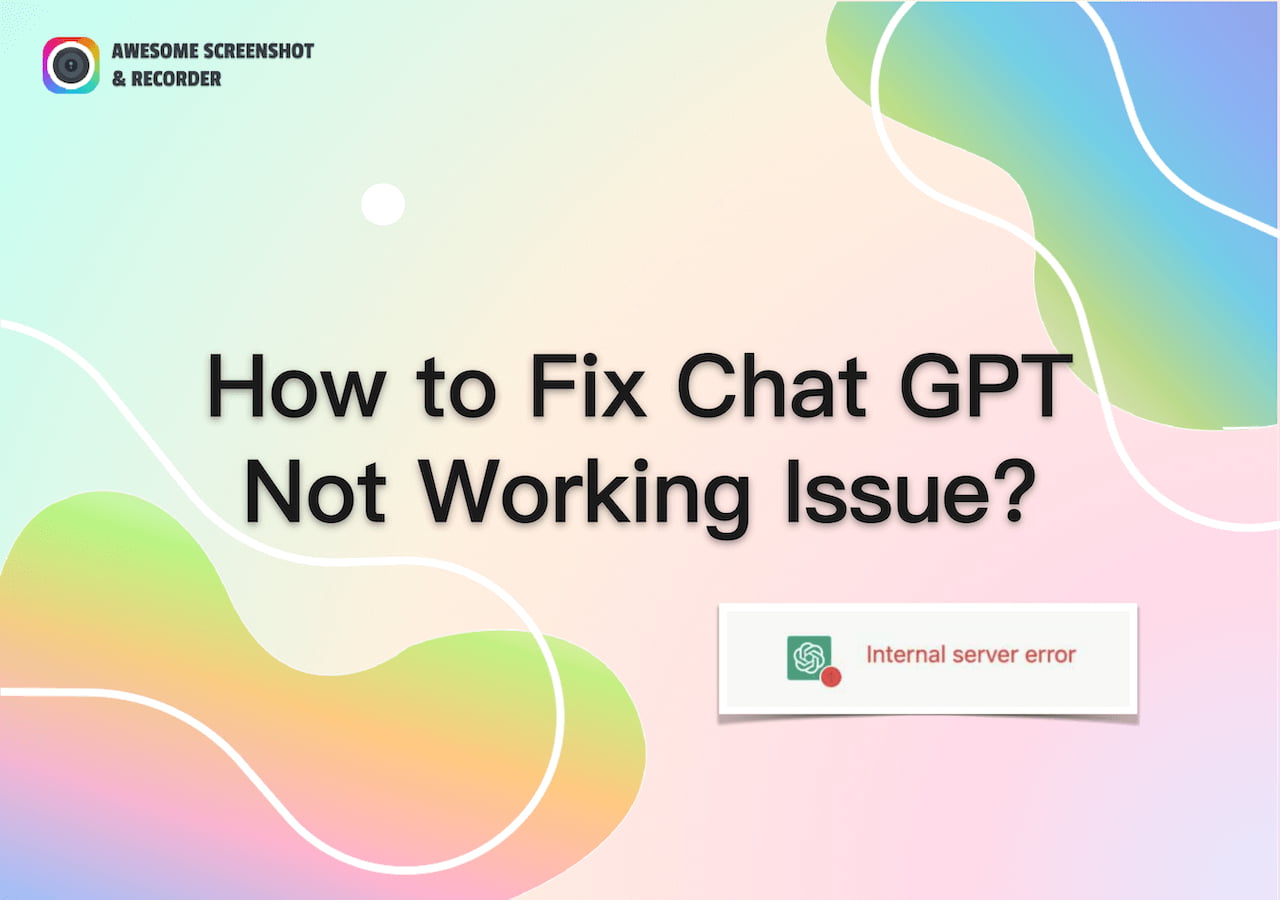Chat GPT Down – it’s a phrase that strikes fear into the hearts of many reliant on this powerful tool. This guide explores the reasons behind service interruptions, their impact on users, and strategies for navigating downtime. We’ll examine common causes, typical durations, and methods for detecting and reporting outages. Understanding these factors is key to minimizing disruption and maintaining productivity.
We’ll delve into the user experience during outages, exploring how different user groups are affected and the potential consequences of prolonged downtime. We’ll also look at effective communication strategies to keep users informed and address concerns during service disruptions. Finally, we’ll cover technical aspects, troubleshooting processes, preventative measures, and alternative solutions to help you stay connected even when the service is unavailable.
Understanding Kami Service Interruptions
Kami, like any online service, experiences occasional downtime. Understanding the causes, impacts, and mitigation strategies for these interruptions is crucial for both users and developers. This article provides a comprehensive overview of Kami service disruptions, focusing on common causes, user impact, communication strategies, technical aspects, alternative solutions, and visual representations of downtime.
Bummer, Chat GPT’s down again! Need a distraction? Maybe check out the drone selection at Canadian Tire – you can find some cool models if you’re looking for something new at drone canadian tire. Hopefully, Chat GPT will be back online soon, but until then, happy flying (or at least, happy drone shopping)!
Common Causes of Temporary Outages
Temporary outages in Kami can stem from various factors. High traffic volume, exceeding the service’s capacity, is a frequent culprit. Unexpected surges in user requests can overwhelm the system, leading to temporary unavailability. Planned maintenance, necessary for upgrades and improvements, also contributes to scheduled downtime. Less frequent but potentially impactful causes include software bugs, hardware failures, and network connectivity issues.
Typical Duration of Downtime Events
The duration of Kami downtime varies significantly depending on the cause. Minor issues, like temporary traffic spikes, might resolve within minutes. More complex problems, such as major software bugs or hardware failures, could necessitate longer periods of unavailability, potentially lasting for hours or even days in extreme cases. Scheduled maintenance typically has pre-announced durations, allowing users to plan accordingly.
Methods Used to Detect and Report Service Disruptions

Kami employs a robust system for detecting and reporting service disruptions. Real-time monitoring tools continuously track key performance indicators (KPIs), such as response times and error rates. Automated alerts are triggered when anomalies are detected, notifying the engineering team immediately. User reports, submitted through feedback mechanisms or social media, also play a crucial role in identifying and addressing outages.
Historical Outage Data
The following table summarizes hypothetical outage data for illustrative purposes. Actual data is not publicly available for privacy and security reasons.
| Date | Duration (minutes) | Reported Cause | Impact |
|---|---|---|---|
| 2024-03-15 | 15 | High Traffic | Minor service slowdowns |
| 2024-03-22 | 120 | Software Bug | Partial service disruption |
| 2024-04-01 | 60 | Network Connectivity | Intermittent service |
| 2024-04-08 | 300 | Planned Maintenance | Full service outage |
User Impact of Downtime
Kami downtime significantly affects users. Understanding the impact is key to effective communication and mitigation strategies.
Examples of User Experiences During Outages
Users experience frustration and disruption during outages. Inability to access the service directly impacts productivity for those relying on Kami for work or study. The lack of immediate responses can lead to delays in projects and missed deadlines. In some cases, users may resort to alternative solutions, potentially experiencing inconvenience or reduced functionality.
Types of Users Most Affected
Heavy users, those who rely on Kami for essential tasks, are disproportionately impacted. Businesses and researchers who heavily integrate Kami into their workflows face the most significant consequences. Students relying on Kami for academic research or writing might experience setbacks in their studies.
Potential Consequences of Prolonged Unavailability
Extended downtime can result in substantial financial losses for businesses. Lost productivity, missed opportunities, and damage to reputation are all potential consequences. For researchers, prolonged unavailability can disrupt ongoing projects, leading to delays in publication or research progress. In education, students might miss deadlines or experience learning disruptions.
Hypothetical Scenario Illustrating Business Impact

Imagine a marketing agency that uses Kami for content generation. A prolonged outage could halt all content creation, leading to missed deadlines for client projects, potentially resulting in financial penalties and reputational damage.
Communication Strategies During Outages: Chat Gpt Down
Effective communication is critical during outages. Transparency and proactive updates build user trust and minimize disruption.
Effective Communication Channels for Updates, Chat gpt down
Multiple channels are essential for reaching all users. Website updates, social media announcements, email notifications, and in-app messages provide different avenues for disseminating information. Choosing the right combination depends on user demographics and preferences.
Best Practices for Transparency and Keeping Users Informed
Transparency is paramount. Be upfront about the outage, its cause, and estimated resolution time. Regular updates, even if there’s no significant progress, keep users informed and reduce anxiety. Openly acknowledging the inconvenience and expressing appreciation for user patience demonstrates responsibility and accountability.
ChatGPT’s down? That’s a bummer, but hey, while you wait, check out this interesting resource on drone sightings around the world – it’s fascinating to see the global impact of this technology. Maybe it’ll distract you from the ChatGPT outage; hopefully, it’ll be back online soon!
Sample Communication Plan Outlining Different Phases of an Outage Response
A well-defined communication plan should cover different phases. Initial notification should immediately acknowledge the outage. Regular updates throughout the disruption should keep users informed. A final announcement should confirm the resolution and any necessary actions.
Comparing Different Approaches to Communicating with Affected Users
Different communication strategies suit different situations. For short outages, brief social media updates might suffice. Longer outages necessitate more detailed updates via email or website announcements. Proactive communication, anticipating potential user concerns, helps maintain trust and confidence.
Technical Aspects of Outages
Understanding the technical causes and resolution processes is crucial for minimizing future outages.
Potential Technical Issues Leading to Service Disruptions
Technical issues are multifaceted. Database failures, server overload, software bugs, network connectivity problems, and security breaches can all lead to service interruptions. Careful monitoring and proactive maintenance are vital in preventing these issues.
Processes Involved in Diagnosing and Resolving Outages
Troubleshooting involves a systematic approach. Identifying the affected components, isolating the root cause, implementing a fix, and thoroughly testing the solution are key steps. Collaboration between different engineering teams is often essential for rapid resolution.
Simplified Flowchart Illustrating the Troubleshooting Process
A simplified flowchart would start with detecting the outage, followed by identifying the affected system, diagnosing the root cause, implementing a fix, testing the fix, and finally restoring service. Each step would have decision points to guide the troubleshooting process.
Preventative Measures to Minimize Future Outages
- Regular system backups
- Load balancing across multiple servers
- Robust monitoring and alerting systems
- Regular software updates and security patches
- Disaster recovery planning
Alternative Solutions and Workarounds
Exploring alternative solutions helps users mitigate the impact of service interruptions.
Examples of Alternative Tools or Services During Downtime
Depending on the specific use case, alternative tools might include other large language models or specific writing assistance software. These alternatives might offer similar functionalities but could have limitations in features or performance.
Bummer, Chat GPT’s down again! While we wait, it’s interesting to think about how much technology relies on connectivity. Check out this article on drone sightings around the world – it shows how widespread drone use is becoming, highlighting the need for robust, reliable systems. Hopefully, Chat GPT will be back online soon so we can analyze all this data together!
Strategies for Users to Mitigate the Effects of Service Interruptions
Users can employ various strategies. Prioritizing urgent tasks, scheduling work around anticipated maintenance periods, and utilizing offline resources can all help minimize disruption. Having backup plans and alternative solutions is also crucial.
Benefits and Drawbacks of Different Workaround Options

Each workaround has advantages and disadvantages. Some alternatives might offer comparable functionality but lack certain features. Others might be less user-friendly or require additional learning. Evaluating the trade-offs is essential in selecting the best workaround.
Guide Detailing Steps to Access Alternative Resources
A guide would provide step-by-step instructions on accessing and utilizing alternative resources. This would involve detailing the steps needed to sign up, learn the interface, and perform the required tasks. The guide should include troubleshooting tips for common issues encountered when using the alternatives.
Visual Representation of Downtime
Visual representations provide a clear understanding of outage patterns and system vulnerabilities.
Graph Illustrating the Frequency of Outages Over Time
A line graph would show the frequency of outages over a specific time period. The x-axis would represent time (e.g., months), and the y-axis would represent the number of outages. Data points would indicate the number of outages during each time interval. The graph would visually demonstrate trends in outage frequency, highlighting periods of increased or decreased downtime.
Diagram Depicting the System Architecture and Potential Failure Points
A block diagram would illustrate the various components of the Kami system, including servers, databases, network infrastructure, and user interfaces. Arrows would indicate data flow and dependencies between components. Potential failure points would be highlighted, such as single points of failure or critical dependencies. This diagram would visually represent the system’s architecture and identify areas vulnerable to disruptions.
End of Discussion
Navigating Chat GPT downtime requires understanding its causes, impact, and effective mitigation strategies. By learning about common issues, implementing proactive measures, and utilizing alternative resources, you can significantly reduce the impact of service interruptions on your workflow. Remember, preparedness and informed communication are key to minimizing disruption and maintaining productivity. Staying informed about updates and potential issues is crucial for seamless operation.
Answers to Common Questions
What are the most common causes of Chat GPT outages?
Common causes include server maintenance, unexpected traffic spikes, and technical glitches within the system’s infrastructure.
How long do Chat GPT outages typically last?
This varies greatly, from a few minutes to several hours, depending on the severity and complexity of the issue.
Is there a way to receive alerts about outages?
Check the official service’s status page or social media for updates during outages. Some services offer email or app-based notifications.
What should I do if I experience a prolonged outage?
Explore alternative tools, plan for offline work, and contact support if the issue persists.
